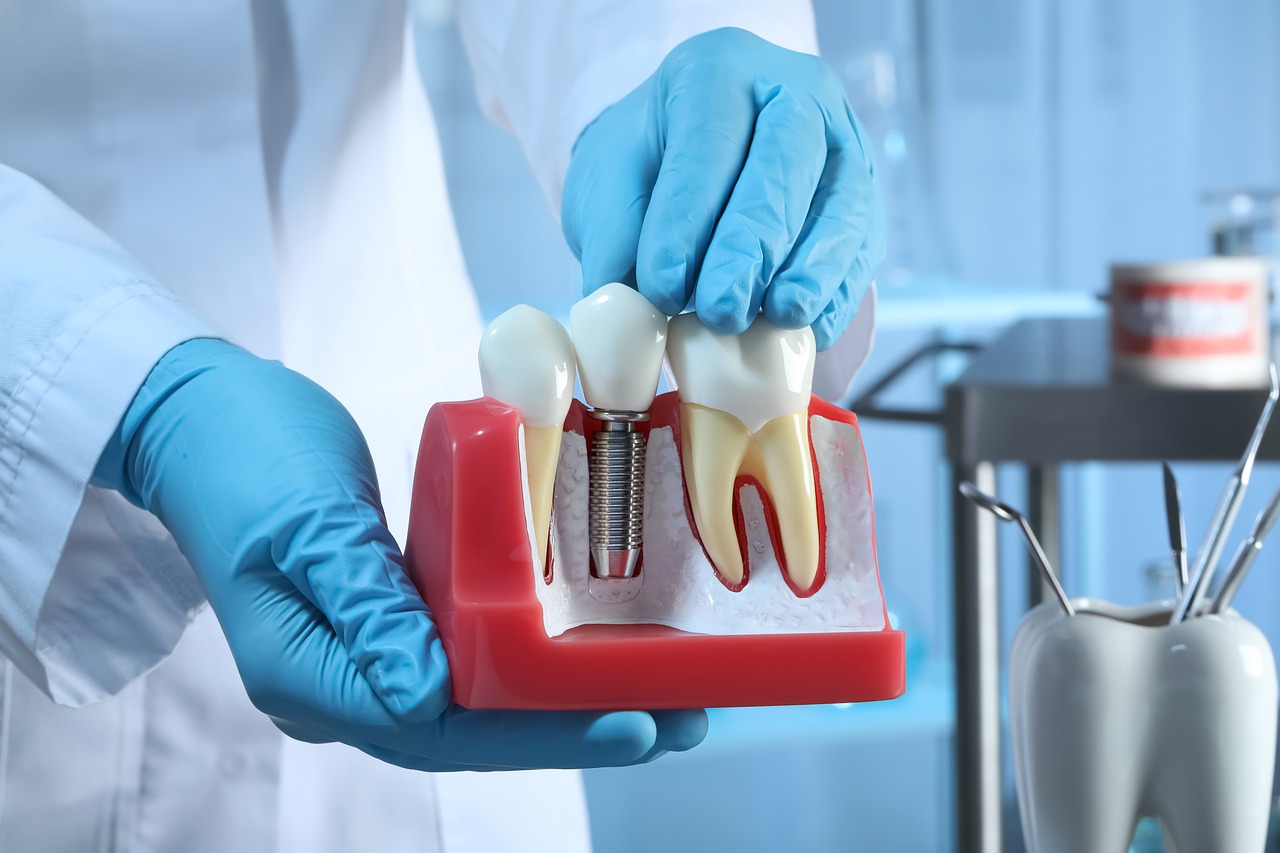
When it comes to restoring your smile and regaining your confidence, dental implants have proven to be a revolutionary solution for replacing missing teeth, offering both aesthetic and functional benefits. As the field of dentistry continues to evolve, various types of dental implants have emerged to cater to different patient needs. In this article, we will explore the different types of dental implants and shed light on the procedure and recovery process. Whether you’re considering Sydney dental implants or simply curious about the process, we have you covered.
Dental Implants: Your Path to a Perfect Smile
Dental implants have gained immense popularity due to their remarkable success rates and natural-looking results. They not only restore your oral health but also enhance your overall appearance. Several types of dental implants are available, each designed to address specific needs:
- Endosteal Implants: These are the most common implants, placed directly into the jawbone. They are ideal for patients with ample bone density and offer sturdy support for various dental restorations.
- Subperiosteal Implants: These implants are positioned beneath the gum but on or above the jawbone for patients with insufficient bone height. They are a suitable option when bone augmentation is not feasible.
- Zygomatic Implants: These implants are used when there is severe bone loss in the upper jaw. They anchor to the cheekbone, providing a secure foundation for dental restorations.
The Dental Implant Procedure: Steps to a Radiant Smile
The procedure of implanting teeth generally involves several stages:
- Initial Assessment: Your dentist evaluates your oral health, discusses your goals, and determines the most suitable implant option.
- Implant Placement: During this phase, the chosen implant is surgically positioned in the jawbone. Over time, the implant fuses with the bone in a process called osseointegration.
- Abutment Placement: Once osseointegration is complete, an abutment is attached to the implant, connecting the implant and the dental restoration.
- Restoration Placement: The final step involves placing the dental crown, bridge, or denture onto the abutment. This restoration not only functions like a natural tooth but also complements your smile aesthetically.
Mini Dental Implants: Small Wonders with Big Benefits
Among the types of dental implants available, mini dental implants stand out for their efficiency and minimal invasiveness. These smaller implants are an excellent alternative for patients with limited bone density. The procedure for mini dental implants is less complex than traditional implants, offering a quicker recovery period and reduced discomfort.
Post-Implant Surgery
Some discomfort, swelling, and minor bleeding are what to expect after dental implant surgery. Your dentist will provide post-operative care instructions, including pain management techniques and dietary guidelines. While recovery times vary, most patients can return to daily activities within a few days.
Dental implants offer a viable solution for individuals who have lost a single tooth, multiple teeth, or even an entire arch. They provide a life-changing solution for those seeking to restore their smiles and regain oral functionality. Whether you opt for traditional implants, mini dental implants, or other specialised options, consulting with experts like the professionals at Cosmic Smile, the best dental implant specialists, can help assess your unique situation and recommend the most suitable option. With the right guidance and aftercare, you’ll soon be flaunting a confident smile that radiates your natural beauty.

